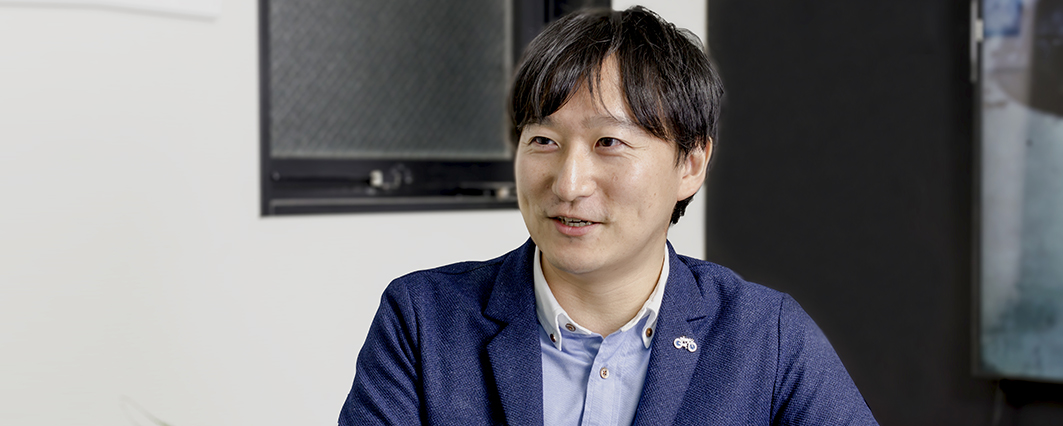- Viewpoints
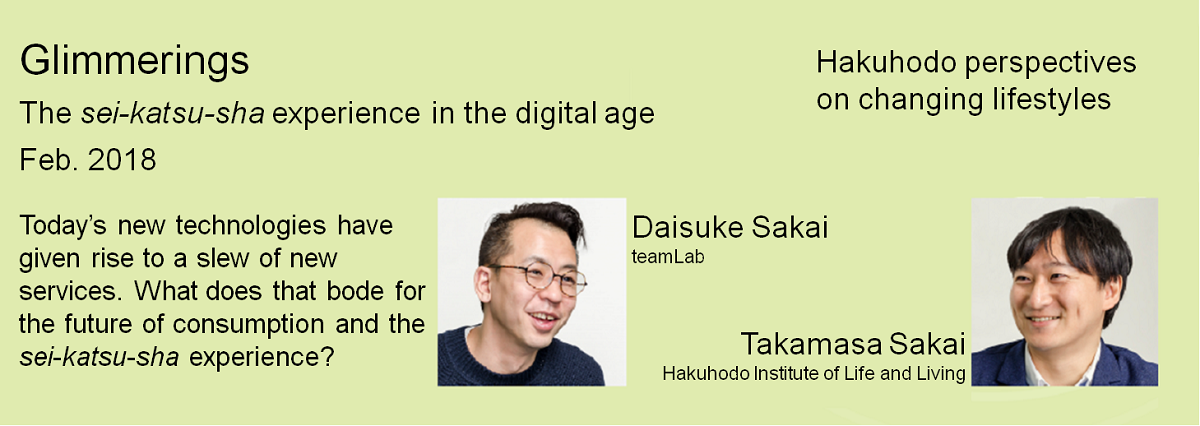
The series “Glimmerings” features Hakuhodo people discussing the changing lifestyle of sei-katsu-sha—the term Hakuhodo uses in place of “consumer” to mean the holistic person with a lifestyle, aspirations, and dreams—in light of recent social developments and hot topics in the news. In this installment the guest is Daisuke Sakai of teamLab, a digital art pioneer who has been bringing a multitude of new experiences to people. He talks with Takamasa Sakai of Hakuhodo Institute of Life and Living (HILL) about the sei-katsu-sha experience in the digital age.
Social media’s effect on intangible consumption, and the teamLab experience
TAKAMASA: Hakuhodo Institute of Life and Living has since 2016 held the futurology forum Mirai Expo every January, where we share our research findings. We offer our ideas on the lifestyles of the future, focusing on a different theme each year. This year’s theme is money, while last year we shared our ideas on how people’s likes and obsessions will lead to new lifestyles in the future (see here for details [in Japanese]). It’s often argued that as the Japanese economy has grown and matured, what people like and get excited about has shifted from the material to the intangible. But now that the digitization of life has progressed further, I believe that social media and the smartphone have in fact stifled many forms of intangible consumption.
DAISUKE: What do you mean?
TAKAMASA: Social media is inundated with information on people’s experiences, especially since 2010 and the spread of the smartphone. You can experience different people’s intangible consumption vicariously, which means conventional forms of intangible consumption have a definite déjà vu feel. That makes people less likely to want to try doing things themselves.
DAISUKE: I see what you mean.
TAKAMASA: teamLab’s output, by contrast, strikes me as a new form of intangible consumption for the post-social media age. That must have something to do with the great importance you attach to interactivity. What do you think?
DAISUKE: Yes, it has a lot to do with it. We talk about experiences, but our output can’t be experienced unless you’re actually on the spot, because when someone steps into one of our creations, they alter their surroundings and they’re affected by other people in turn. In many of our creations the human presence acts on the surrounding space, so you get a different experience depending on whether you’re on your own or one of a hundred people, say.
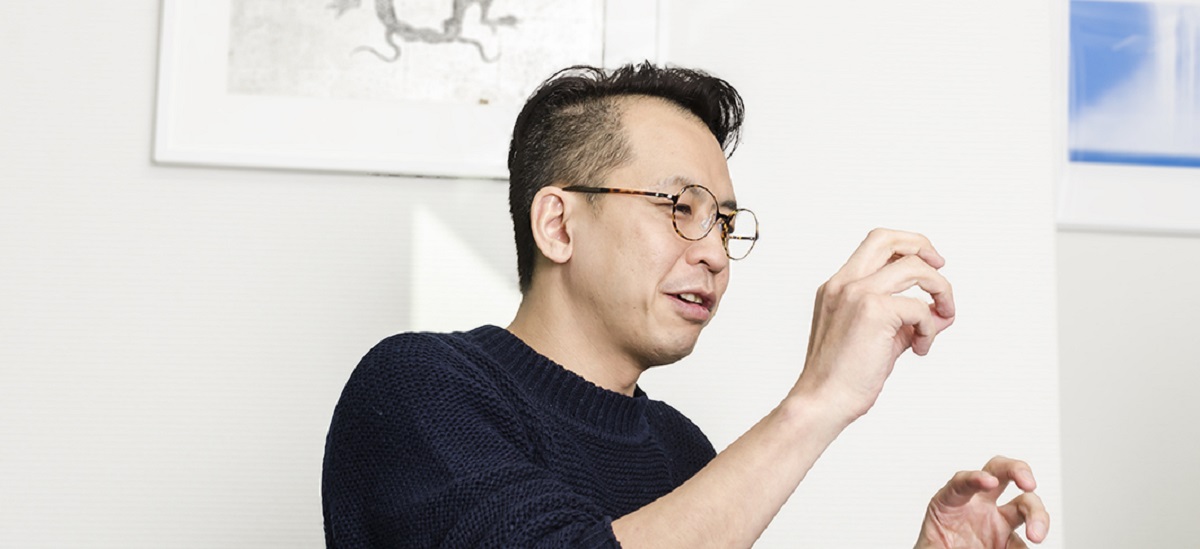
TAKAMASA: So the point is that you and the other participants are right there.
DAISUKE: Yes, the images change because they’re affected by the fact people are there. You, the other people, the images, and all the other elements work on each other interactively, and the entire experience changes as each element becomes active. That clearly differs from standing there admiring a painting at an art gallery.
 teamLab: Light Festival in Fukuoka Castle Ruins held December 1, 2017-January 28, 2018. Left: Animals in symbiosis with flowers on the stone walls. Right: Resonating ovoids and trees.
teamLab: Light Festival in Fukuoka Castle Ruins held December 1, 2017-January 28, 2018. Left: Animals in symbiosis with flowers on the stone walls. Right: Resonating ovoids and trees. Digital Light Canvas, on show since December 22, 2017, at The Shoppes at Marina Bay Sands in Singapore. A massive interactive light installation that augments human existence with digital art.
Digital Light Canvas, on show since December 22, 2017, at The Shoppes at Marina Bay Sands in Singapore. A massive interactive light installation that augments human existence with digital art.The interaction of people and light
DAISUKE: We hold an ongoing event called Music Festival, teamLab Jungle. It’s kind of a music festival, only there’s no DJ or artist performing live, and there’s no stage in the conventional sense either. There’s no front, no back. By means of spatial art and effects created by hundreds of moving lights networked on all sides, the venue gives you the experience of being one with the music and the rest of the audience.
We wanted to do two things with this event. The first was enabling the people who came to affect the sound themselves, instead of just passively enjoying a conventional performance by an artist on a stage. Like Light Chords, to give a specific example: when you touch one of the rays of light shining from above, it makes a sound. Essentially the basic music is the same, but the melody is altered as everyone moves, as if the very space itself were a string instrument in its own right. When everyone dances, the overall sound changes. Second, we also wanted the special effects to change in synch with everyone’s movements. teamLabBalls (each a large, spherical interactive interface that emits light and changes color and brightness and sound depending on the actions of the people around it) are chased by rays of light from all over the area. When an audience member hits a ball and it goes flying through the air, rays of light converge on it from all sides. So the audience members can create the sound and effects themselves. And no matter how often they take part, the experience is different every time.
Also, we manipulate light just like a physical material and create three-dimensional structures with the rays (something called Light Vortex). Touch a physical structure like a wall, and there’s no way you can budge it, right?
But with a three-dimensional structure sculpted in light you can. We produce artworks in the medium of light that move like crazy, and you can even go inside them.
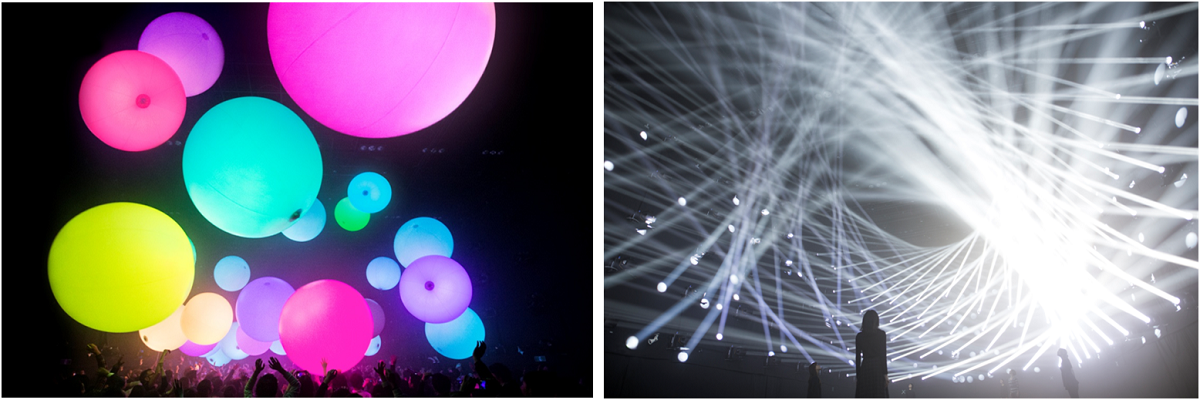 teamLab Jungle and Future Park Light Art and Music Festival, which took place June 28-September 10, 2017. This gave people the totally surrealistic experience of being immersed in interactive light art. Left: teamLabBall—Sound Spheres. Right: Light Vortex.
teamLab Jungle and Future Park Light Art and Music Festival, which took place June 28-September 10, 2017. This gave people the totally surrealistic experience of being immersed in interactive light art. Left: teamLabBall—Sound Spheres. Right: Light Vortex.TAKAMASA: It must feel great to take part in that, but why? Sure, you have an impact on the entire show, but I’d imagine that there aren’t many people who come out of a desire to have an impact on the entire show. It just feels good. And it’s even more fun because you’re part of the crowd rather than doing it on your own. Is that it?
DAISUKE: That’s right. We believe that it makes for a better experience when you’re part of the crowd.
TAKAMASA: For sure. When everyone is moving the teamLabBalls around together, it must create a sense of togetherness. The same for the sound. When you’re not alone but other people are involved as well, unexpected harmonies must result. Like a group session.
DAISUKE: Absolutely. It’s not something you can create alone, right? Conceptually speaking, that’s one of the things we want to do, what we want to pull off. Having other people there results in a greater range of interaction, and that leads to a more complex web of relationships.
TAKAMASA: We postulate that the next big wave after material consumption and intangible consumption will be time consumption. That largely accords with what you’re saying. For instance, people dress up at Halloween and spontaneously converge on the scramble crossing in Tokyo’s trendy Shibuya district and high-five total strangers. That’s a case of enjoying a moment that only occurs once, in which regard it’s distinct from conventional forms of intangible consumption where you can have the same experience over and over.
We use the term “time consumption” to describe this form of consumption, where you gather with others of the same persuasion and together generate a largely irreproducible mood of excitement, which is only to be experienced at that time and place. teamLab’s output is very time consumerist in that it generates an overall mood of excitement through the interaction of the people who are there with images and light, so they all contribute spontaneously to the effect.
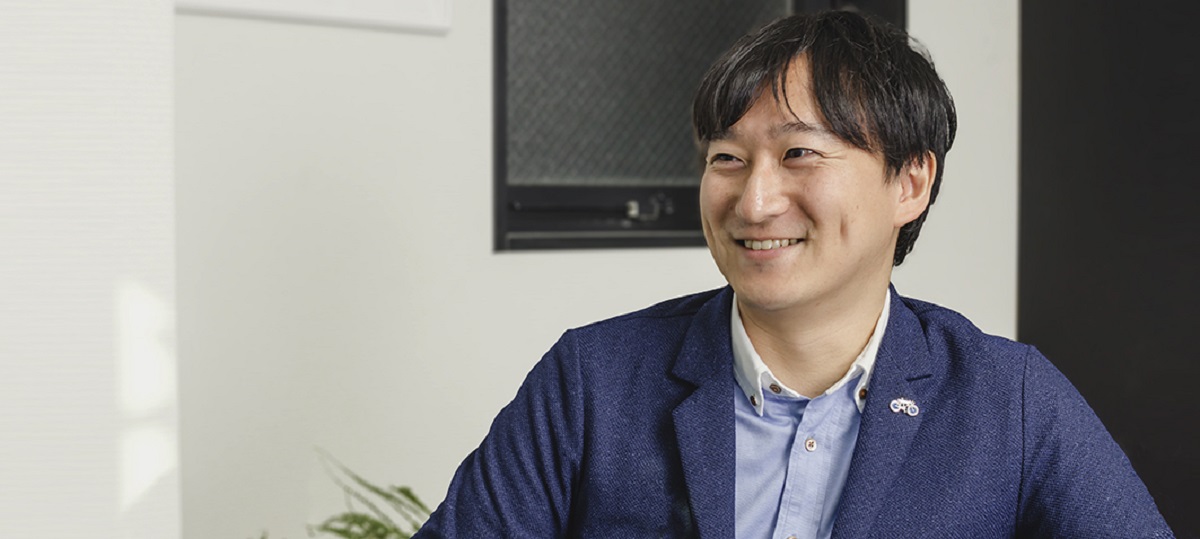
Digital expandability as a potential platform for new experiences
TAKAMASA: It’s just been announced that you’re going to be mounting a new permanent exhibit, right? What are you going to be doing? What are your aims?
DAISUKE: First, the basic facts. A digital art museum called the Mori Building Digital Art Museum: teamLab Borderless is to be set up in the Odaiba area of Tokyo. It will be huge, covering an area of 10,000m2. That makes it the biggest thing we’ve ever worked on.
There will be two overarching themes: first, the idea of borderlessness, of melding different things together; and second, the concept of physicality, of experiencing things in the flesh.
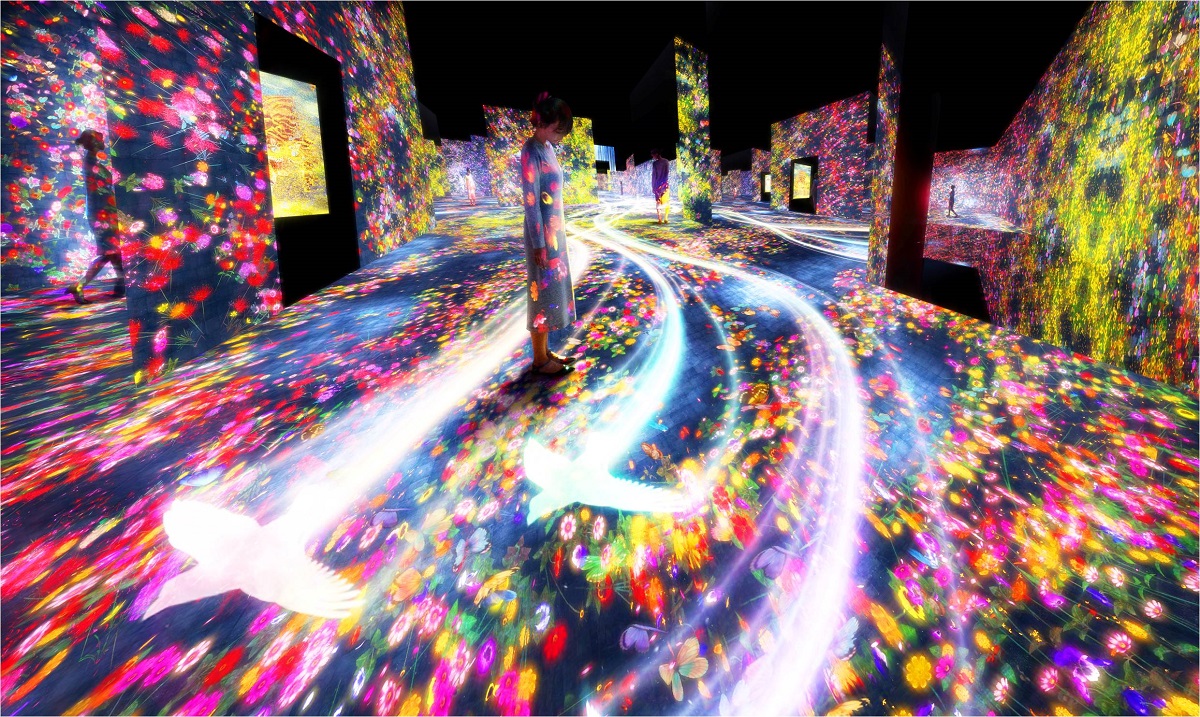 Key visual of the recently announced Mori Building Digital Art Museum: teamLab Borderless
Key visual of the recently announced Mori Building Digital Art Museum: teamLab BorderlessYour concept of time consumption may overlap with some of our ideas inasmuch as you can only have the experience by actually being there. Though our output is reproducible, its irreproducibility increases as people take part in it. Essentially it changes depending on who’s there.
TAKAMASA: What we mean by time consumption is something really dependent on a mass movement. The idea is that everyone gets increasingly involved in the very process of creating the experience. But what you at teamLab are now doing takes a slightly different approach. It’s like it augments the energy of whoever happens to be there with the power of digital.
DAISUKE: I see what you’re saying, and you may be right. We hardly ever tell people to do anything in particular on the site. All we tell them is to be there, to go inside. That, I guess, is why more can be done.
TAKAMASA: What you’re doing right now involves getting participants from the general public to interact with images, light, and other content. But say, for example, just a dozen dancers were to give a performance in the same setting. Could that give birth to a different kind of creative movement?
DAISUKE: I believe it could. So what we create are the tools or the platform or a kind of setting.
TAKAMASA: That’s right. It’s a platform. That platform makes the experience—how should I put it?—expandable, I guess.
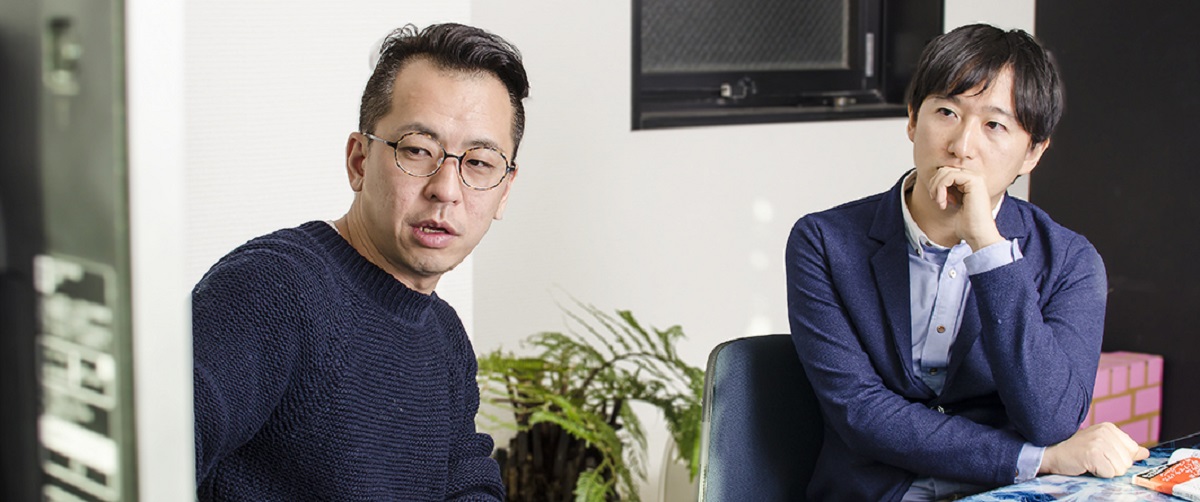
The key to experiences in the future: Physical inevitability
TAKAMASA: Why are you so interested in physicality?
DAISUKE: It’s about heightening the intensity of the experience. If it’s just for viewing, you can use 4K or 8K high-definition video or virtual reality, because those fields are continuing to evolve. But then why not just watch it at home? So to counter that idea, we decided to enhance those aspects that you can only experience on the spot, that you can only try right there using your body.
TAKAMASA: In other words, there’s no point in going unless it’s linked to a powerful experience that gets you moving your body.
DAISUKE: To be trite, you can’t soak in a hot spring unless you go somewhere with a spa, and you can’t have the experience of snowboarding on snow unless you go somewhere with snow. That’s what an experience is, right? Not a virtual experience.
TAKAMASA: In a way it’s like you’re recreating the experiences that digital technology has deprived people of by building a digital platform. How interesting.
DAISUKE: It’s about getting your body moving and using digital to augment experiences you can only have on the spot. We use projection technology and stuff, but any technical means will do. Being able to have experiences in the sunlight would expand the possibilities, so it would be great if the technology were to get better on that front.
TAKAMASA: So digital interaction will give rise to experiences that can only be enjoyed in a particular location that isn’t however a real location. In future anything that doesn’t require you to move your body will end up in virtual reality or on video, so the only reason to go out will be to move your body. I have a hunch that activities that somehow take what’s physically inevitable to the limit are really going to take off from now on.
DAISUKE: I totally agree.
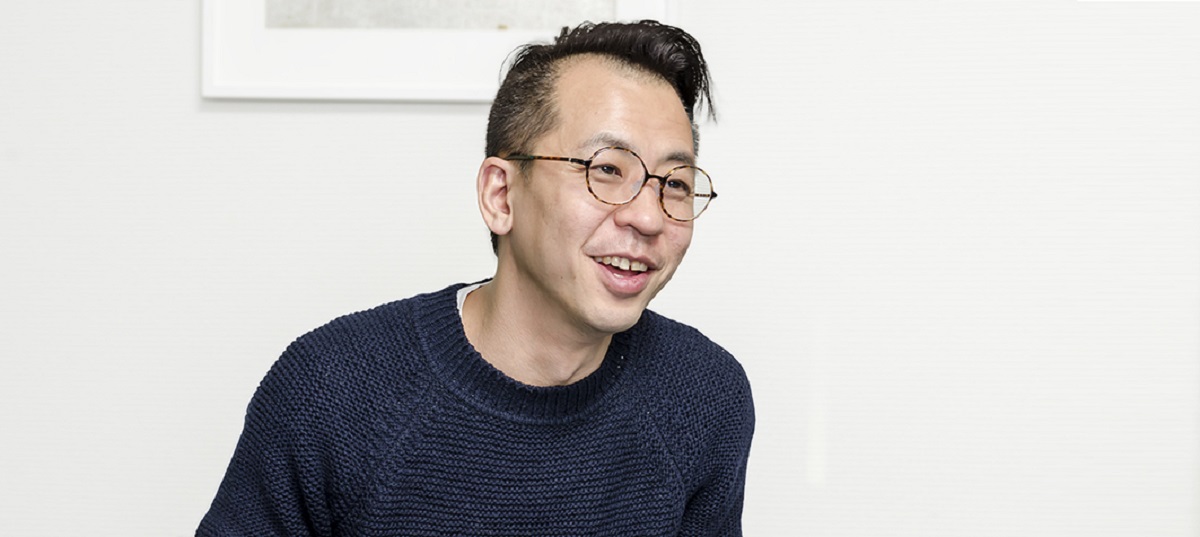
How teamLab’s dynamic hierarchy guarantees originality
TAKAMASA: There’s another thing I’d like to ask you. What type of organization and approach to the job does teamLab’s creative work grow out of?
DAISUKE: We’re often described as a flat organization. Your typical company has so-called job titles and any number of ranks one above the other. True, we have no such thing. But though we don’t have job titles or ranks, it’s not at all the case that everyone has equal sway and decision-making power over a particular project and everything is decided by majority vote. All of us are steeped in a culture that insists on high quality. It’s an unspoken assumption, an attitude. If, for instance, a particular person has the best knowledge of the specialty in question, a hierarchy spontaneously forms around them. Lately we often talk of being “super-multidimensional”: the hierarchy changes dynamically at a dizzying pace depending on what stage the work or project is at. When it comes to producing something of high quality, it’s much, much better that the job is done by someone who knows what they’re doing, right? It doesn’t matter in the least whether that’s me or teamLab boss Toshiyuki Inoko. So we superficially look like a flat organization, but we aren’t really that flat at all.
TAKAMASA: The subject of my research is how technology is changing people’s values. When social media first appeared around 2004, we imagined that the SNS world would be flatter—kind of a public square where everyone, without distinction, had a voice. But now, over a decade later, the world that’s emerged is more like a pyramid in certain regards. Now it’s really plain to see how much voice you have.
DAISUKE: Definitely. That’s similar to what I’m talking about. In our case our first priority on all fronts is improving quality, and this is the best way to accomplish that. But in the software sector it’s the way things have always been done as a matter of course. In the open-source community, the most skilled committers—in other words, people who really, really know what they’re doing—keep committing changes in the core code. And it’s taken for granted that anyone who releases the source code and makes it available to everyone must be just brilliant.
TAKAMASA: Yeah, when the developer makes the code open, everyone can work on new extensions and applications. Do you have a systematic means of visually showing who is good at what?
DAISUKE: In fact we’re experimenting with something right now. We’re trying to make it possible to search for people by tagging everyone. It’s still at the testing stage, though. People are assigned tags for an incredible range of things: not just their general knowledge or engineering skills, but also their interests, tastes, and anything they have a flair for. You can tag yourself, or other people can tag you. Right now many of the keywords are really weird [laughs]. If the online version were put in signage, it could be displayed, say, by the office water cooler, and it might get people talking during their break. That’s what we envisage, and we’re in the middle of developing something so it can be released one day.
TAKAMASA: That sounds neat. The bigger the organization, the harder it is to access information on specializations. So I imagine lots of companies would want to use such a system if one were available.
Thank you for all your insights today. You’ve given me a lot of food for thought. I look forward to the opening of the Mori Building Digital Art Museum: teamLab Borderless.
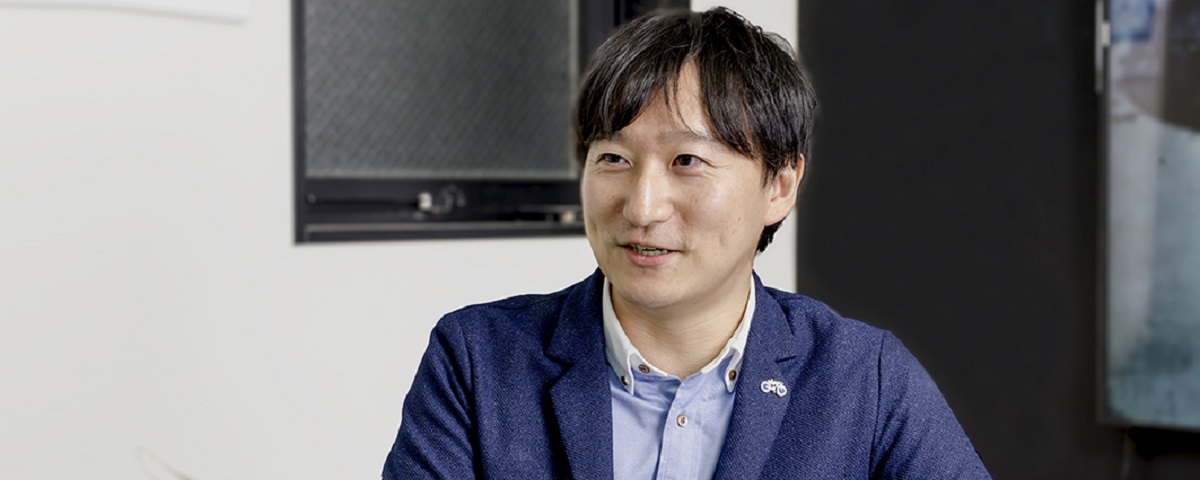
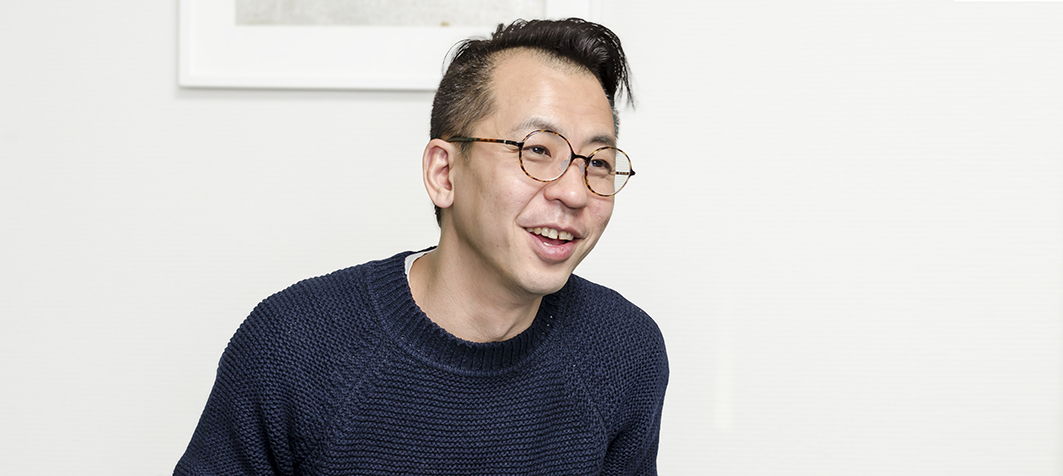
https://www.teamlab.art/
